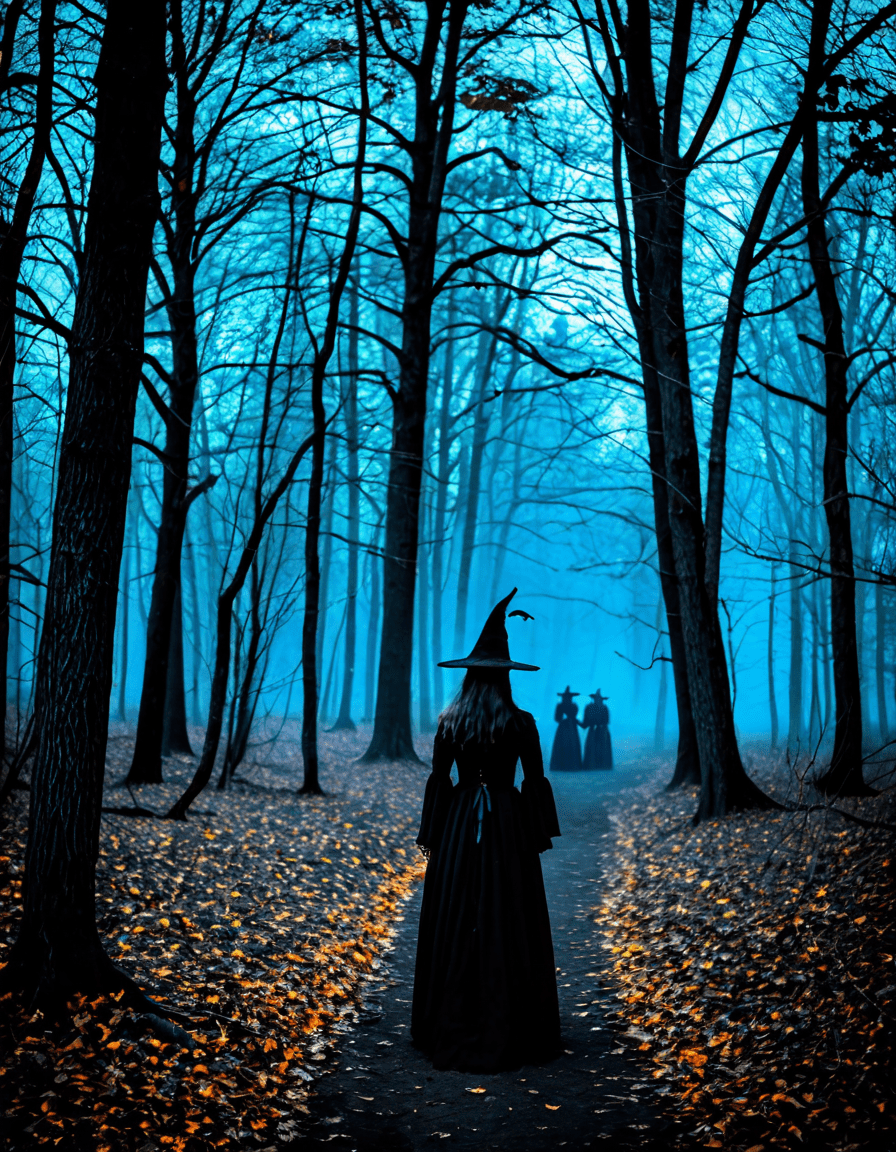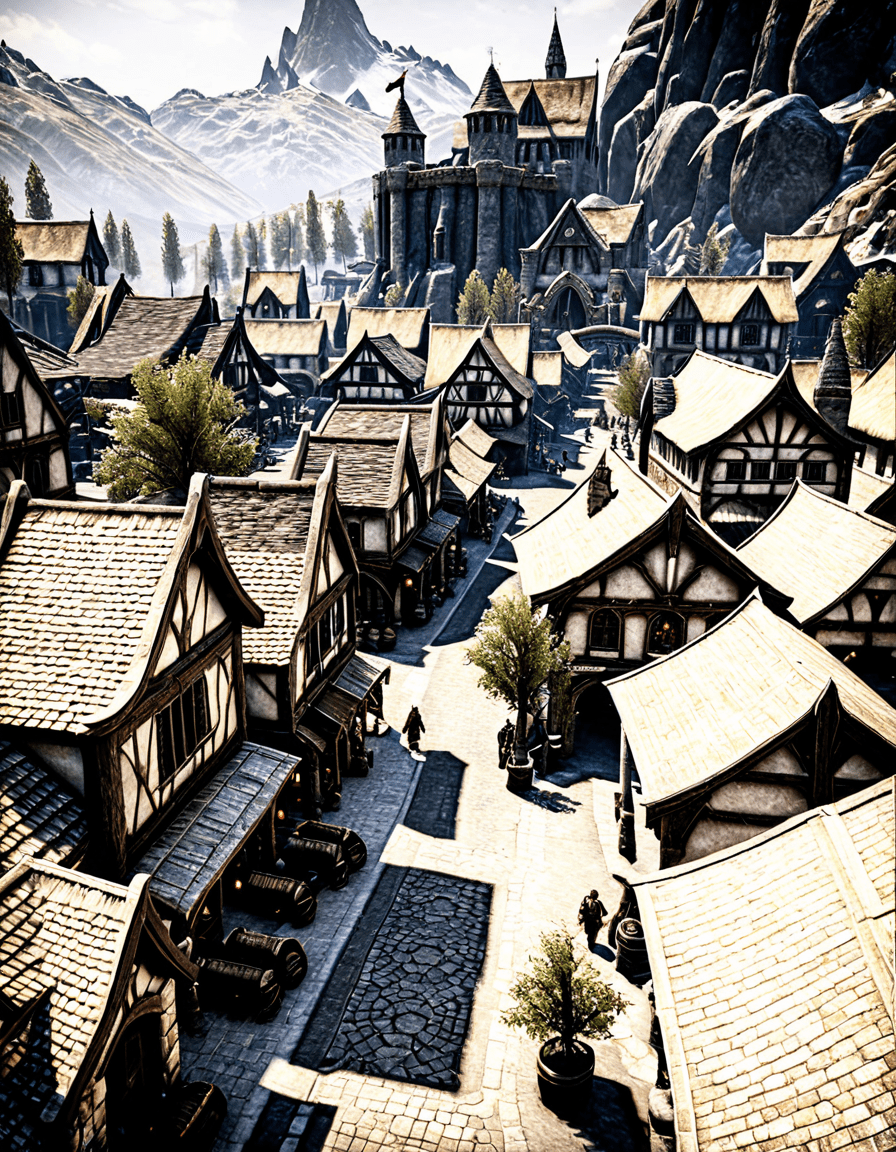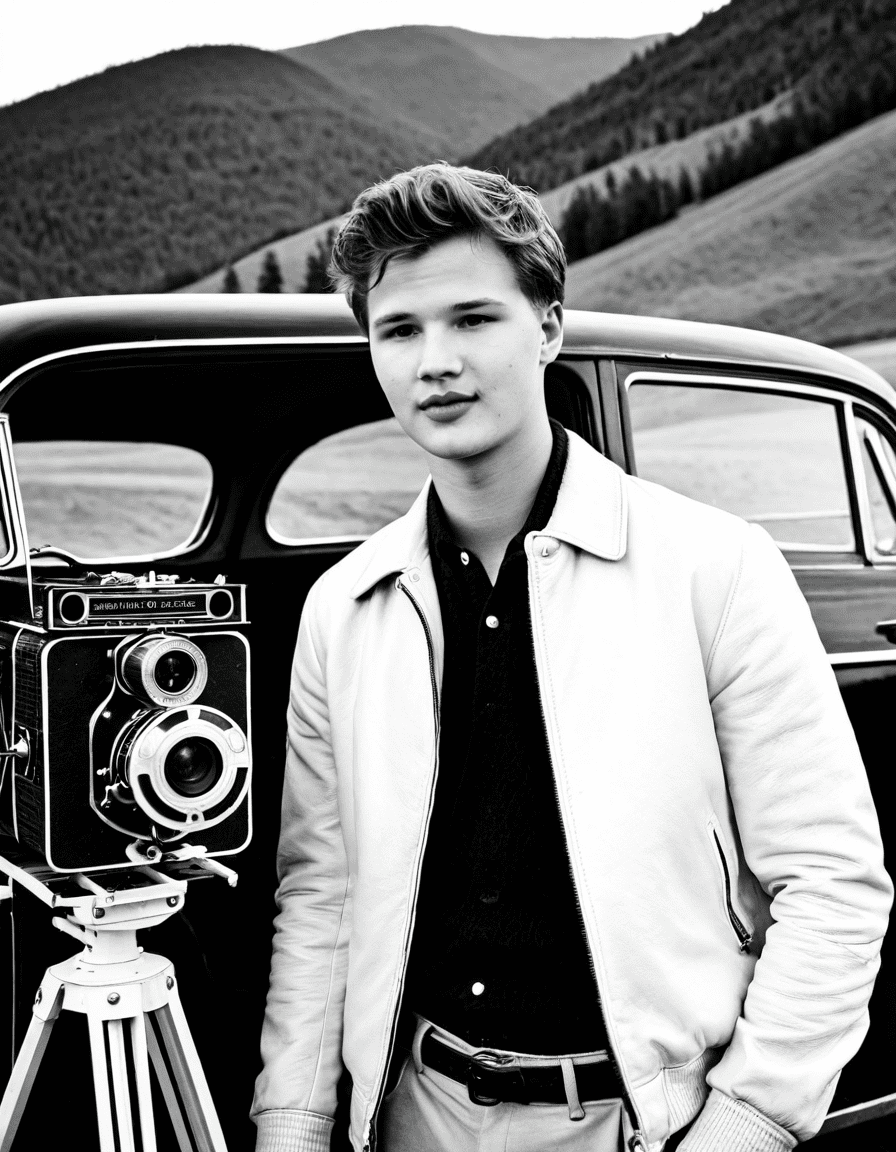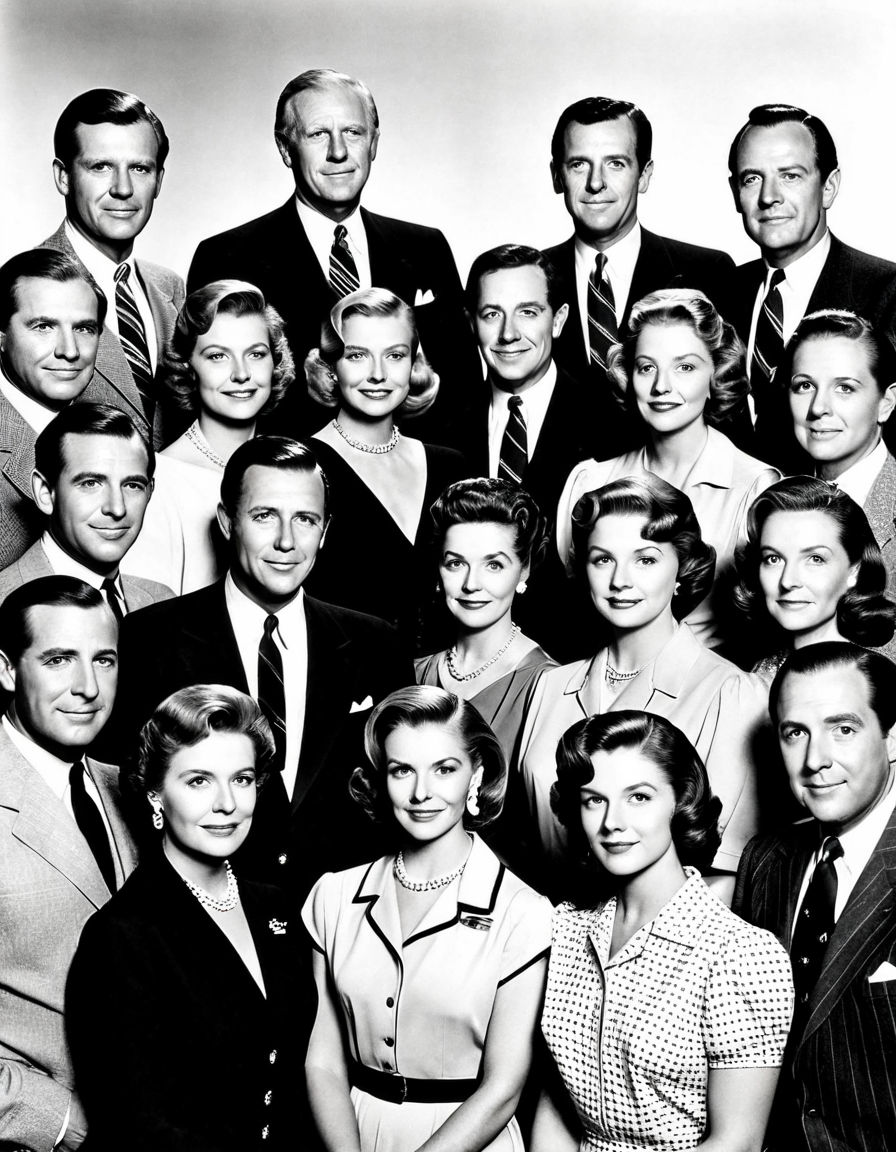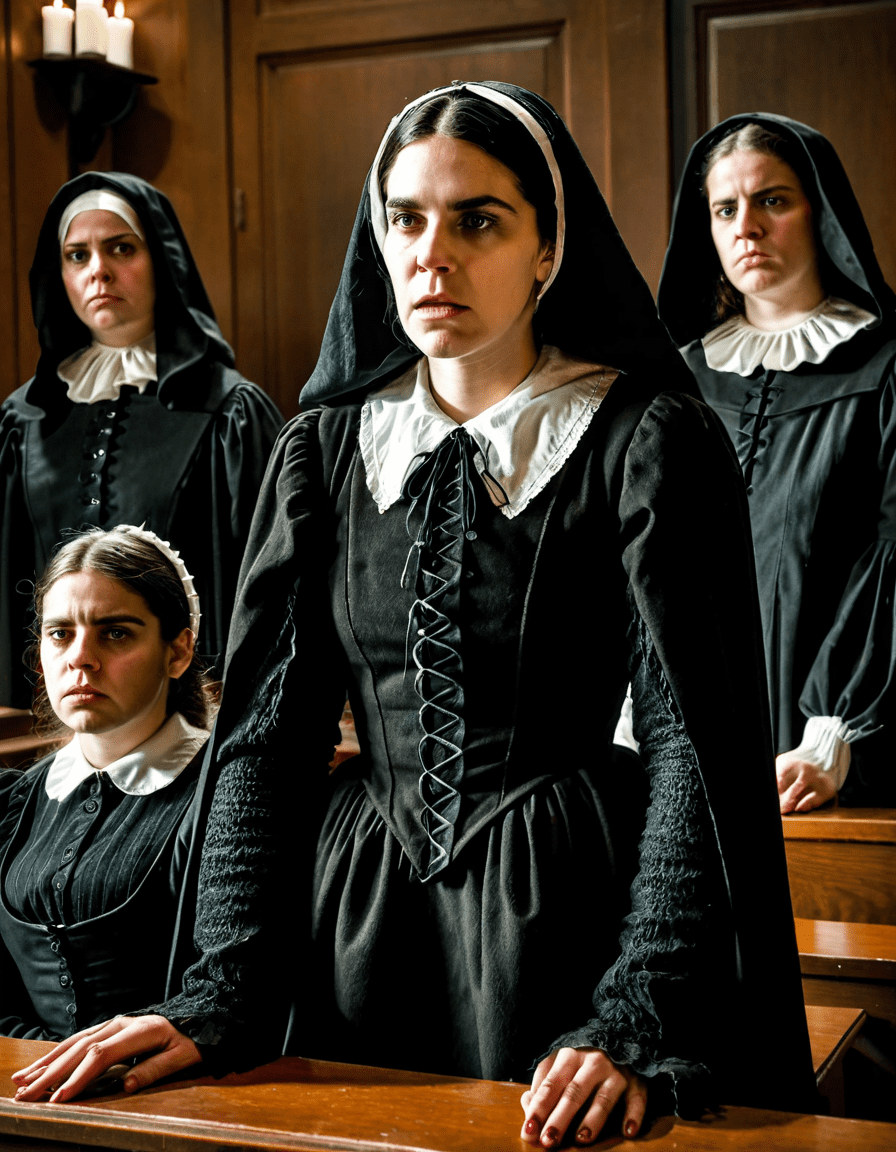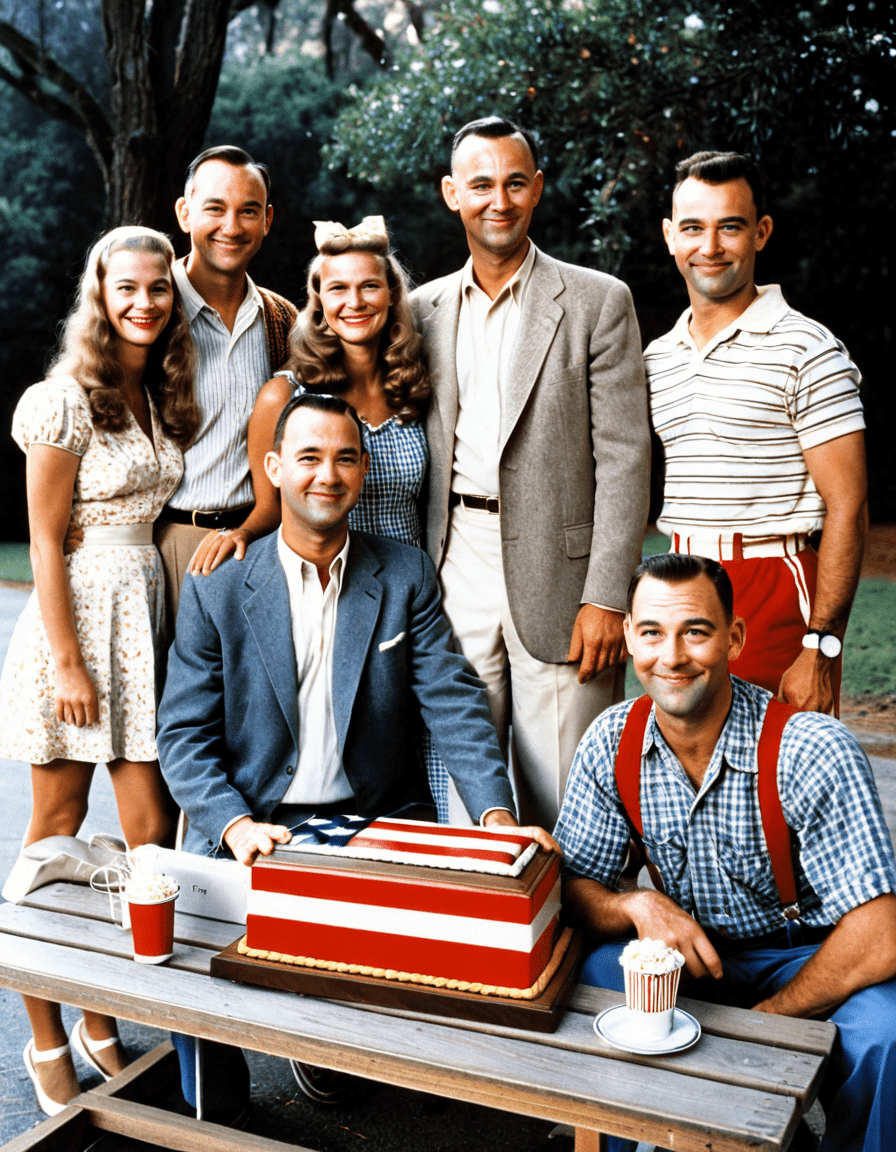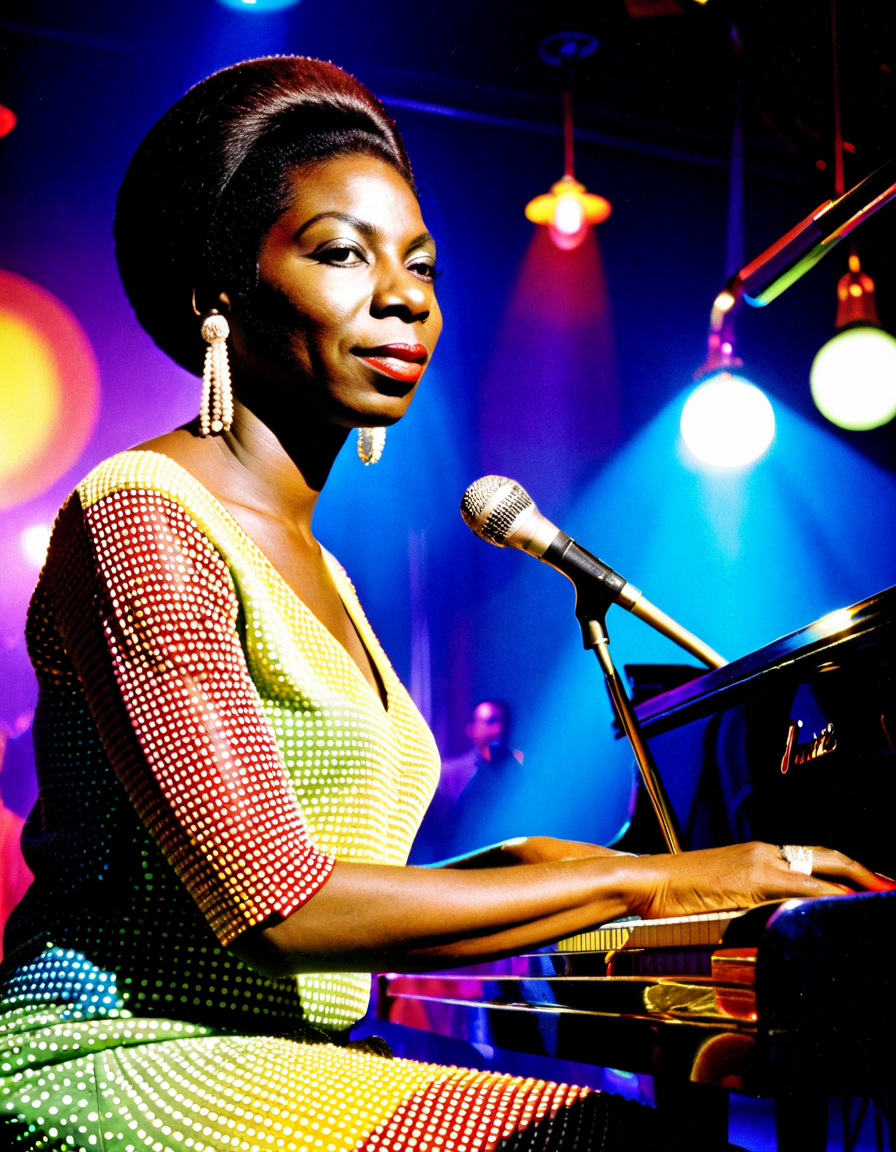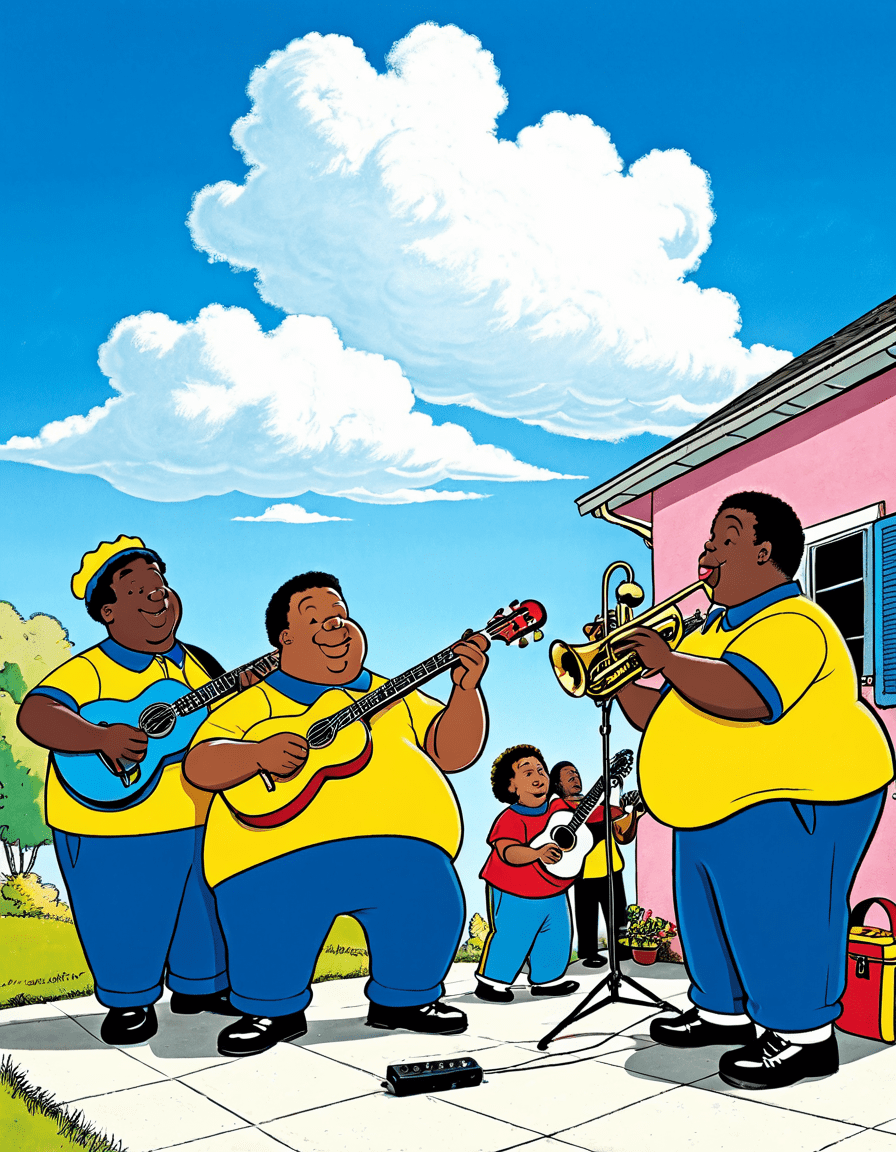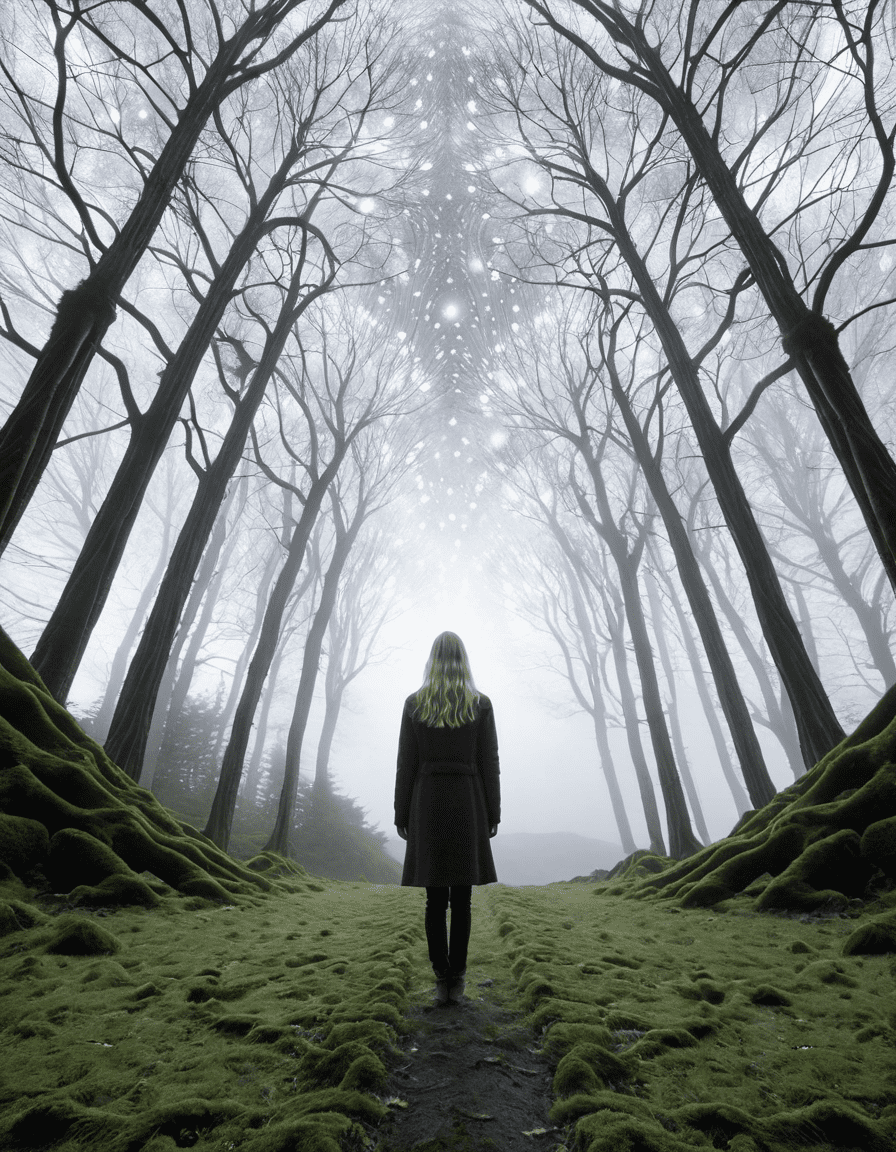The Salem Witch Trials remain one of the most infamous and spine-chilling episodes of American history. Taking root in 1692 in colonial Massachusetts, these trials didn’t just pop up—they were a result of a perfect storm of hysteria, fear, and personal vendettas simmering beneath the surface. Imagine a world where anxiety ran high due to economic woes, strict religious expectations, and simmering local rivalries. Yup, that’s Salem for you! The witch trials weren’t just a historical event; they were a wild mix of social dynamics gone awry, leading to tragic outcomes that still ripple through time.
So, how did all this madness kick off? Sit back, grab a cozy blanket (preferably one that isn’t cursed), and let’s dive into the shocking truths and dark secrets behind the Salem Witch Trials.
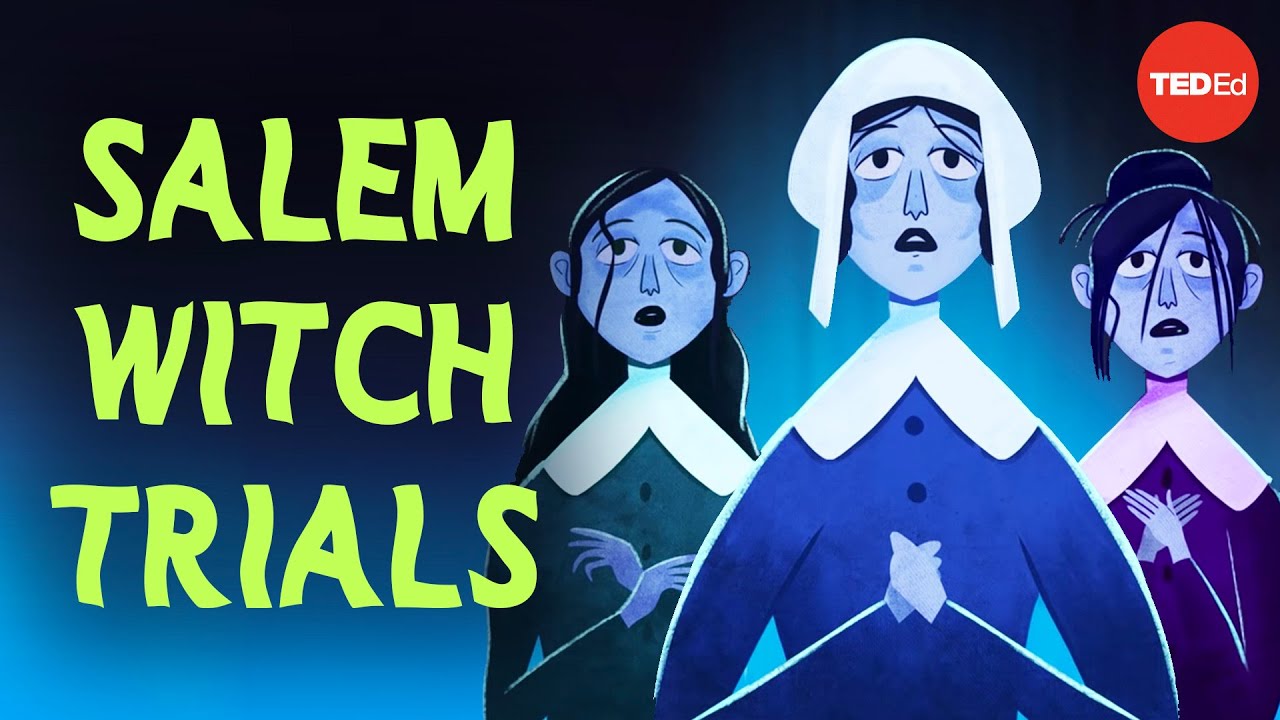
The Origins of the Salem Witch Trials: A Perfect Storm of Hysteria
Picture this: a community riddled with fear—fear of the unknown, fear of economic ruin, and fear of falling out of favor with God. The Puritans, who were already on edge, found themselves in a financial pickle. Tensions among neighbors skyrocketed, and trust fell through the floorboards quicker than you can say “witch hunt.”
Now, throw in some young girls exhibiting bizarre behaviors, and you’ve got yourself a recipe for disaster. Betty Parris and Abigail Williams were the “it girls” of Salem in 1692, but their fits and spasms weren’t about getting attention. Instead, they became the catalyst for an avalanche of witchcraft accusations that swept through the town, engulfing friends and families alike in chaos.
Guess what? People often viewed witchcraft scandals as a way to settle scores or elevate their social standing. Accusations became the currency of power, leading to tragic and unjust outcomes for many innocent folks.
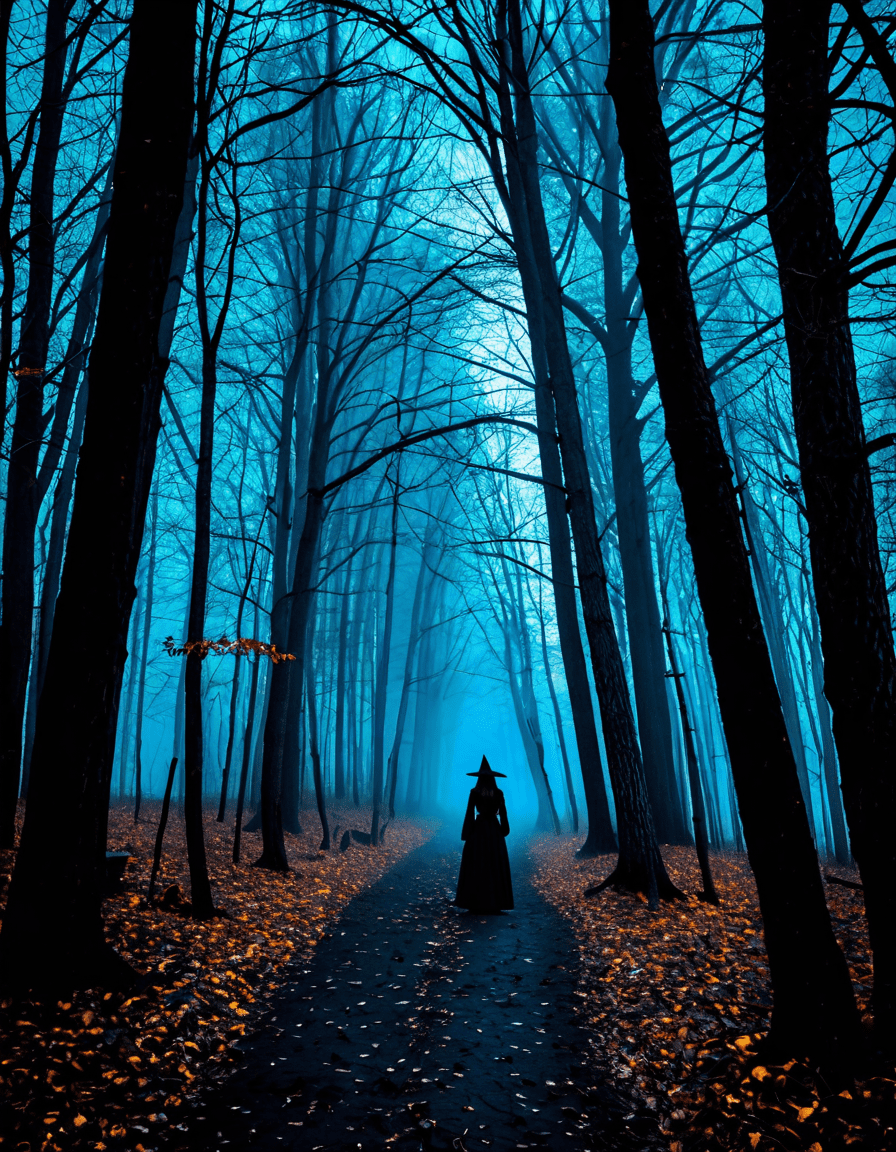
Top 7 Shocking Truths about the Salem Witch Trials

1. The Role of Young Girls in Inciting Panic
To say young girls kicked off the Salem Witch Trials would be an understatement. Betty and Abigail didn’t just flirt with chaos; they dove headfirst! Their fits became a phenomenon that had townspeople gasping. Talk about a dance-off gone wrong! The frenzy that followed not only led to accusations but also left families torn apart. Sometimes, it felt like the girls were the only ones who knew how to stir the pot.
2. Spectral Evidence: A Legal Loophole
Let’s talk spectral evidence—the legal loophole that would make your head spin. In this bizarre twist of justice, accusers claimed they were tormented by invisible specters of the accused. No physical evidence? No problem! This outrageous practice showcased how hysteria clouded judgment, leaving many to wonder if their legal system was more about panic than justice. Just like in a horror movie, the rules were made to be broken… but at what cost?
3. The Influence of Wealth and Power
In Salem, it wasn’t just about who you knew—it was about who you accused. Those of higher social standing, like wealthy landowners George Burroughs, often found themselves on the chopping block. Accusations frequently targeted marginalized individuals or those who posed a threat to the status quo. The Salem Witch Trials quickly morphed into a power struggle, revealing fault lines within the community that had been simmering just below the surface.
4. A Political Tool: The Role of the Andover Witch Trials
The witch trials weren’t just confined to Salem. Nearby Andover got in on the action, showing how such accusations acted as tools for political maneuvering. With social unrest and economic hardship, accusations bolstered positions for locals seeking power. It wasn’t simply about hunting witches; it was about control, adding another layer of tension to an already fraught atmosphere.
5. Gender Dynamics: The Targeting of Women
Time to shine a light on the statistics: a staggering 78% of the accused during the Salem Witch Trials were women. This fact highlights the gender dynamics that permeated the trials, reflecting the deep-seated sexism of the era. Women who dared to defy traditional roles, from outspoken widows to those with a scent of independence, became prime targets. In a society where conforming to norms was crucial, any whiff of nonconformity made you a target for witchcraft accusations.
6. The Aftermath: Legal and Social Reforms
The fallout from the trials wasn’t just for show; it led to significant legal reforms in Massachusetts. The Massachusetts General Court disallowed spectral evidence in court, aiming to restore some sanity to their judicial system. Public disillusionment with the trials sparked gradual changes, highlighting the need for a more balanced approach to justice. It took a tragedy for society to realize that mass hysteria could lead to grave injustices.
7. Lasting Cultural Impact: The Legacy in Modern Media, Including “Jane the Virgin”
The Salem Witch Trials haven’t just slipped into the history books—they’re alive and well in modern culture. Even the popular show “Jane the Virgin” occasionally winks at this dark chapter, drawing parallels between societal misjudgments then and now. Characters navigate complex personal dilemmas, echoing the fears and pressures that once plagued Salem. Just like the witch hunters of old, today’s media continues to unpack themes of scapegoating and misunderstanding, showing that history has a knack for repeating itself.

Understanding the Dark Legacy of the Trials in Contemporary Context
As we reflect on the Salem Witch Trials, we can’t help but see echoes of those chaotic times in our current landscape. They remind us how fear can fuel chaotic responses, leading to serious injustices. In today’s digital age, misinformation spreads like wildfire, and the instinct to rush to judgment remains a slippery slope.
The lessons learned from this dark chapter in history are vital for navigating the complexities of modern society. Adopting a critical thinking mindset can save us from the pitfalls of hysteria. An understanding of justice and balance empowers us to create safer spaces, where we can talk it out rather than pointing fingers.
In conclusion, diving deep into the Salem Witch Trials unveils not only a history lesson but a mirror reflecting our current challenges. By learning from the past, we can ensure that fear won’t dictate our present or future. So the next time you find yourself tempted by rumors of a new Redbull flavor, a bit of skepticism just might save you from getting burned—like those poor souls atop the witchy bonfires of Salem!
Now, aren’t you glad you took a little trip down this twisted historical path? Remember to share your thoughts, comment below, and binge a few episodes of “Jane the Virgin” while you’re at it. And by the way, if you’re curious about what role Brendan Fraser’s health issues play in shaping his incredible comeback or need a lender For bad credit, don’t hesitate to check out the latest musings in our entertainment section. Happy learning!

Salem Witch Trials: Shocking Truths and Dark Secrets
A Frightening Foundation
The Salem Witch Trials have ignited imaginations for centuries, leaving an eerie legacy that still haunts modern culture. Did you know that the trials were fueled by fear and superstition during a time when many believed in the supernatural? Many townsfolk thought the presence of witches was responsible for misfortunes like poor harvests or illness. This widespread panic ended up leading to the execution of 20 people, most of whom were women. It’s a chilling reflection on how fear can warp a community’s morals—much like the chaos seen in the hilarious but absurd Birdcage movie, which reflects on societal norms.
Figures of Influence
Interestingly, one of the key players in the trials, Reverend Samuel Parris, had a daughter and niece who were among the first to exhibit strange behaviors, triggering the witch hunt. Their actions turned Salem into a spectacle for accusations, similar to how the abrupt fame of a pop star like Sebastian Bach can ignite public frenzy. It’s a stark reminder of how a few can influence the many. Moreover, just as the film Breakfast at Tiffany’s showcases iconic cultural impacts, the trials left an indelible mark on American history, symbolizing the perils of extremism and hysteria.
Cultural Reflections
Even today, the Salem Witch Trials resonate in our creative outlets, influencing movies and literature that explore themes of justice and morality. The spirit of the trials echoes throughout film history, like in the classic tale of Forrest Gump cast, where personal journeys map out larger societal questions. The trials were also fueled by pre-existing tensions over land and power, much like the shifting dynamics in our current landscape where one might need to check their credit with a credit check that doesn’t affect credit score—a reminder that finances often weave through personal ambition and community stability.
As we peel back the layers of this dark chapter, it’s clear that the Salem Witch Trials serve as a reminder of our shared human imperfections, as we ponder how far fear and rumor can go. So, the next time you catch a flick or read a gripping novel, take a moment to reflect on our past—it just might change your perspective.
